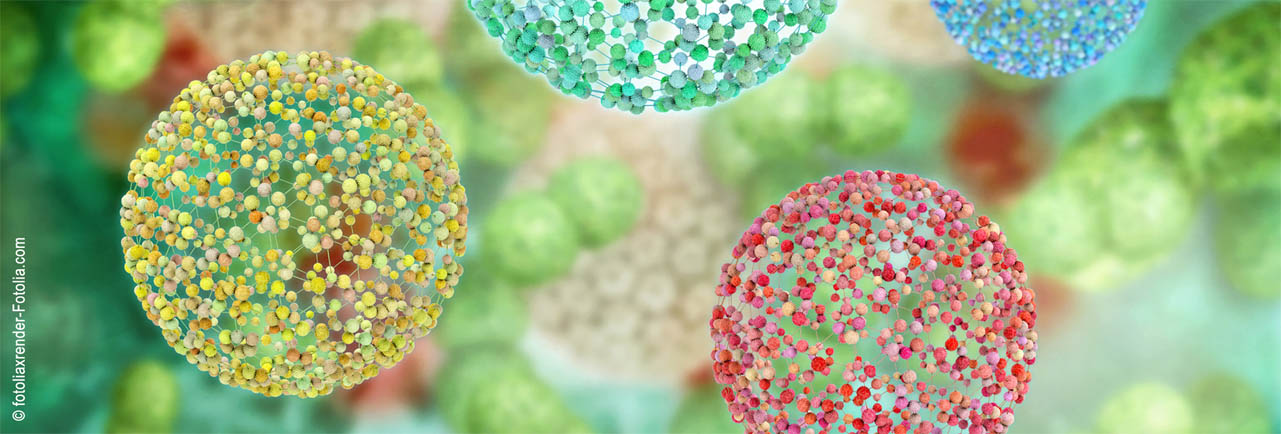Speaker
Description
Microbial glycolipid bio surfactants, developed to replace petrochemical surfactants, are highly attractive amphiphilic compounds due to their pH-driven self-assembly properties1. The glycolipid GC18:1, which consists of a glucose group linked to a C18:1 fatty acid, is found to be in micellar phase above pH 7. It was previously reported that the micellar phase is precursor of fibrillar or micellar hydrogels upon addition of metal cations (Figure 1).2 Such supramolecular self-assembled metallogels composed of a biobased compound could be promising for applications like tissue engineering or nanoelectronics3. However, to do so, this class of metallogels requires better mechanical properties or electrical conductivity. In this work, the strategy on how to develop electrically conductive hydrogels from bio-based amphiphiles is presented. In particular, various ways to reduce the metal ion are tested, although keeping the fiber network and the gel structure intact. After the reduction, the hydrogels are characterized by small angle X-ray scattering (SAXS), cryogenic transmission electron microscopy (Cryo-TEM), rheology, UV-Vis, FTIR microscopies and conductivity measurements.
[1] Baccile, N., Selmane, M., Le Griel, P., Prévost, S., Perez, J., Stevens, C. V, Delbeke, E., Zibek, S., Guenther, M., Soetaert, W., Van Bogaert, I. N. A., & Roelants, S., Langmuir, 2016, 32(25), 6343–6359.
[2] Poirier, A., Le Griel, P., Perez, J., Hermida-Merino, D., Pernot, P., & Baccile, N., ACS Sustainable Chemistry & Engineering, 2022, 10(50), 16503–16515.
[3] Hirst, A. R., Escuder, B., Miravet, J. F., Smith, D. K., Hirst, A. R., & Smith, D. K., Angew. Chem. Int. Ed, 2008, 47, 42.

